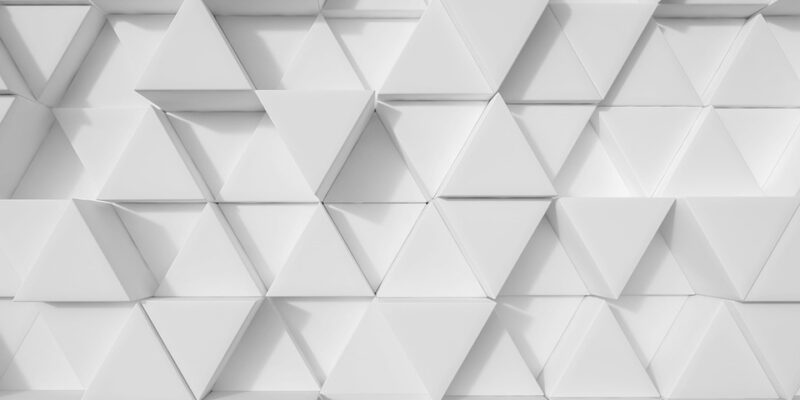Enhancing Your Collection: Customizing 3D Figures to Stand Out
If you are a collector of 3D figures, you know how important it is to stand out from the crowd. Customizing your figures is a great way to make them unique and enhance your collection. Whether you are a casual collector or a serious enthusiast, here are some tips on how to customize your 3D figures to make them truly one-of-a-kind.
1. Planning and Research
Before you start customizing your 3D figures, it is important to do some planning and research. Think about what you want to achieve with your customizations – whether it’s adding new features, changing the color scheme, or reimagining the design completely. Take inspiration from other custom figures you have seen or from your own imagination.
Research different techniques for customizing figures, such as painting, sculpting, or adding accessories. Look for tutorials online or join forums and communities where other collectors share their tips and experiences. The more you know before you start customizing, the better your results will be.
2. Tools and Materials
Once you have a plan in place, gather the tools and materials you will need for your customizations. Depending on the techniques you plan to use, you may need items such as paint, brushes, sculpting tools, glue, and accessories. Invest in high-quality tools and materials to ensure that your customizations look professional and last a long time.
If you are new to customizing figures, start with basic tools and materials and gradually expand your collection as you gain more experience. Don’t be afraid to experiment and try different techniques – this is how you will develop your own unique style as a customizer.
3. Painting and Detailing
One of the most common ways to customize 3D figures is through painting and detailing. Painting can completely transform the look of a figure, whether you are adding new colors, creating intricate patterns, or adding weathering effects. Use high-quality acrylic paints specifically designed for miniature figures, as these will adhere well to the surface and provide a smooth finish.
Before you start painting, prepare the figure by cleaning it thoroughly and priming it with a suitable primer. This will help the paint adhere better and prevent chipping or peeling. Use thin layers of paint and allow each layer to dry completely before applying the next one. Use different brushes and techniques to add texture, shading, and highlighting to your figures for a more realistic look.
4. Sculpting and Modifying
If you want to take your customizations to the next level, consider sculpting and modifying your figures. Sculpting allows you to add new features, change the shape of existing parts, or create entirely new elements from scratch. You can use materials such as polymer clay, epoxy putty, or sculpting wax to create custom parts for your figures.
Before you start sculpting, sketch out your designs and plan how the new parts will fit with the existing figure. Take your time and work carefully, using sculpting tools to shape and detail the material. Once you are happy with your sculpted parts, attach them to the figure using glue or a suitable adhesive. Sand and smooth any rough edges or seams to ensure a seamless finish.
5. Adding Accessories
Another way to customize your 3D figures is by adding accessories. Accessories can include weapons, armor, clothing, props, or any other items that enhance the appearance of the figure. You can purchase pre-made accessories or create your own using materials such as plastic, fabric, metal, or paper.
Before adding accessories, consider how they will interact with the figure and if they will affect the balance or pose. Use reference images or sketches to plan the placement of the accessories and ensure they are securely attached to the figure. Add small details such as buckles, insignias, or weathering effects to make the accessories look more realistic.
6. Display and Preservation
Once you have customized your 3D figures, it’s important to display them properly and preserve your work. Invest in display cases, shelves, or stands to showcase your figures and protect them from dust, sunlight, and damage. Consider adding lighting or background elements to enhance the presentation of your collection.
To preserve your customizations, avoid handling the figures too often and keep them in a dry, cool environment. Regularly dust and clean your figures using a soft brush or cloth to maintain their appearance. If you have used materials that may degrade over time, such as certain types of glue or paint, consider sealing the figures with a clear varnish or coating to protect them.
In conclusion, customizing your 3D figures is a fun and rewarding way to enhance your collection and express your creativity. By planning and researching your customizations, using the right tools and materials, and experimenting with different techniques, you can create truly unique figures that stand out from the crowd. Whether you are a beginner or an experienced customizer, there are endless possibilities for customizing 3D figures and making them your own.
